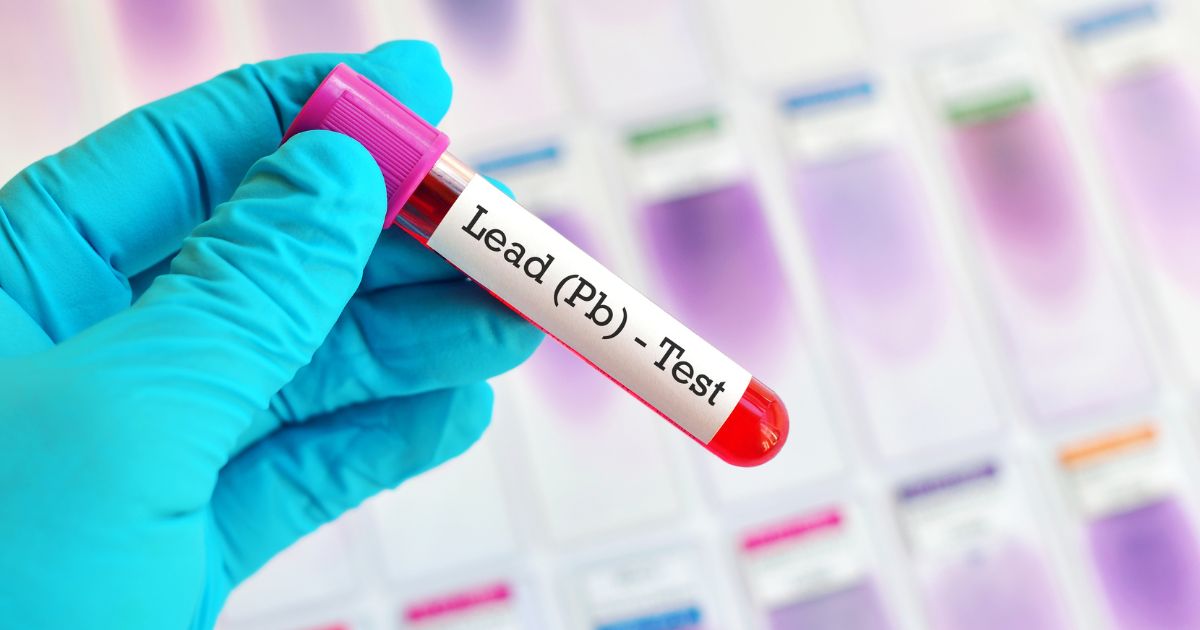Lead poisoning is a serious health concern that can have long-lasting effects on our well-being. Understanding the potential sources of lead contamination is crucial for safeguarding ourselves and our loved ones.
At Kershaw Talley Barlow, we prioritize your safety and offer comprehensive services to address lead poisoning concerns. In this blog, we will explore the top five places where you are most likely to encounter lead poisoning and provide practical tips to mitigate the risks.
1. Your Home: Identifying & Eliminating Lead Hazards
Older homes built before 1978 may contain lead-based paint. Identifying and addressing potential lead hazards in your home is crucial:
- Paint: Test for lead in paint, especially on windowsills, doors, and trim. If lead is present, encapsulate or remove it by a certified professional.
- Dust & Soil: Regularly clean dust from floors and other surfaces, and ensure children wash their hands frequently. Address lead-contaminated soil around the house.
2. Renovation & Remodeling Projects: Safe Practices to Minimize Exposure
Renovating or remodeling older homes can disturb lead-based paint and increase the risk of exposure:
- Precautions: Use certified professionals trained in lead-safe work practices. Encapsulate or remove lead-containing materials.
- Protection: Wear appropriate personal protective equipment and ensure adequate ventilation during renovation projects.
3. Schools & Daycares: Ensuring Safe Environments for Children
Children spend a significant portion of their time in educational facilities, which can pose lead exposure risks:
- Regular Inspections: Schools and daycares should conduct lead testing and address any potential sources of contamination.
- Education and Awareness: Educate teachers, staff, and parents about lead exposure risks and preventive measures.
4. Imported Goods: Recognizing Potential Lead Contaminants
Imported items, especially from countries with less stringent regulations, might contain lead:
- Children's Toys and Products: Check for recalls and ensure imported items meet safety standards.
- Cookware and Ceramics: Avoid items with lead-based glazes or those with known lead content.
5. Outdoor Environments: Navigating Lead Exposure Risks
Lead exposure can also occur outside, especially in certain areas:
- Industrial Areas: Proximity to factories, industrial sites, or areas with historically high lead emissions can increase exposure risks.
- Soil and Water: Test soil and water sources for lead contamination, especially in areas with industrial activities or lead pipes.
Preventive Measures to Minimize Lead Exposure
Although it is not the responsibility of the individual to mitigate exposure to lead, there are several safety steps you can undertake to reduce the risk. These include:
- Regularly clean your home, especially floors, windowsills, and other surfaces, using damp methods to reduce lead dust.
- Wash children's hands, toys, and pacifiers frequently to prevent ingestion of lead particles.
- Maintain a nutritious diet rich in iron, calcium, and vitamin C, which can reduce lead absorption in the body.
- If you suspect lead exposure, consult a healthcare professional for testing and guidance.
Consumer Awareness & Advocacy
Understanding the sources and risks of lead exposure empowers consumers to advocate for safe environments and push for stricter regulations:
- Support lead testing and mitigation programs in schools, daycares, and public spaces.
- Advocate for stringent safety standards in imported products to minimize lead exposure risks.
Conclusion:
Lead poisoning is a serious health concern that can be prevented by identifying potential sources and taking proactive measures to reduce exposure. By being vigilant in your home, staying informed about potential lead contaminants in imported goods, promoting safety in educational environments, and being cautious in outdoor settings, you can significantly minimize the risk of lead exposure.
At Kershaw Talley Barlow, we understand the importance of addressing lead poisoning concerns promptly and effectively. Our team of experts currently represents clients in lead-contaminated school cases, and with experience in mass torts and class action lawsuits, we know how to advocate for groups of people affected by negligent organizations. Contact us today if you have been affected by lead poisoning and take the first steps towards securing the justice you deserve.
Call Kershaw Talley Barlow now at (916) 520-6639 or request a free consultation online.


